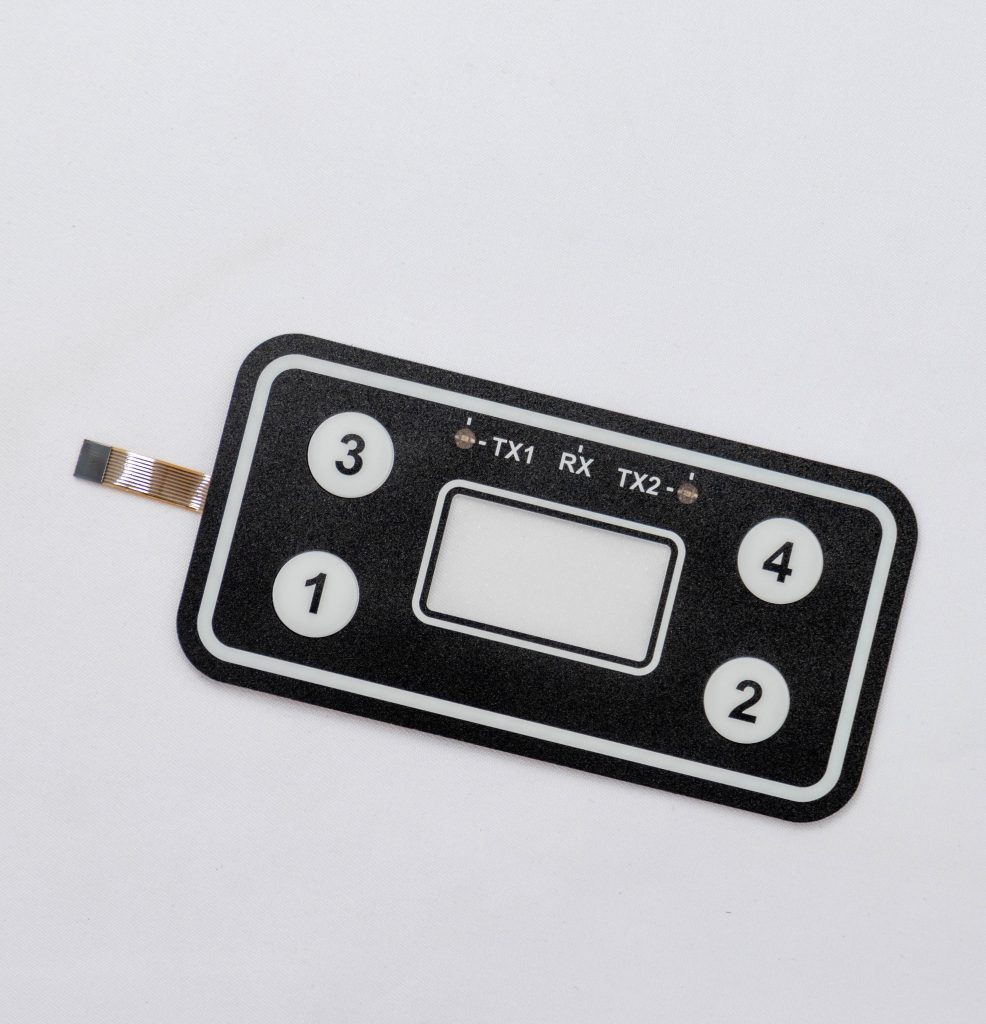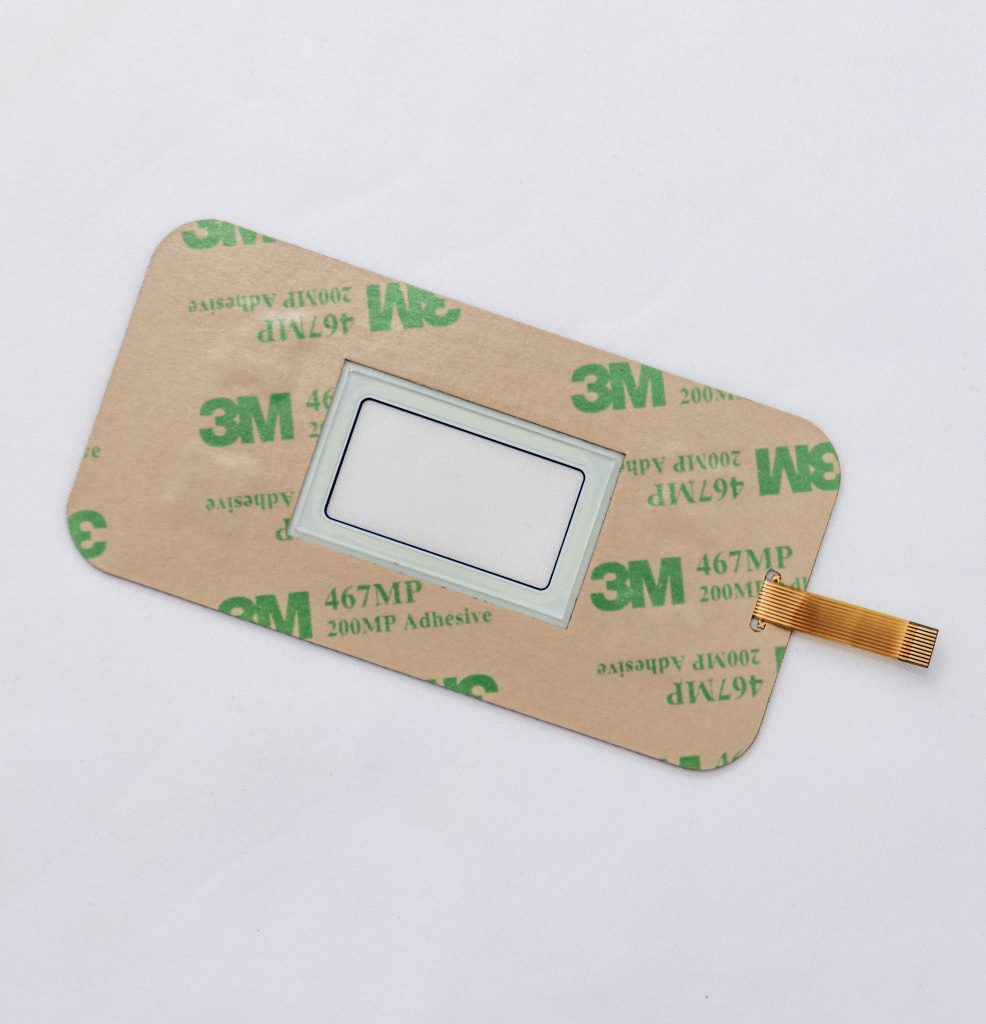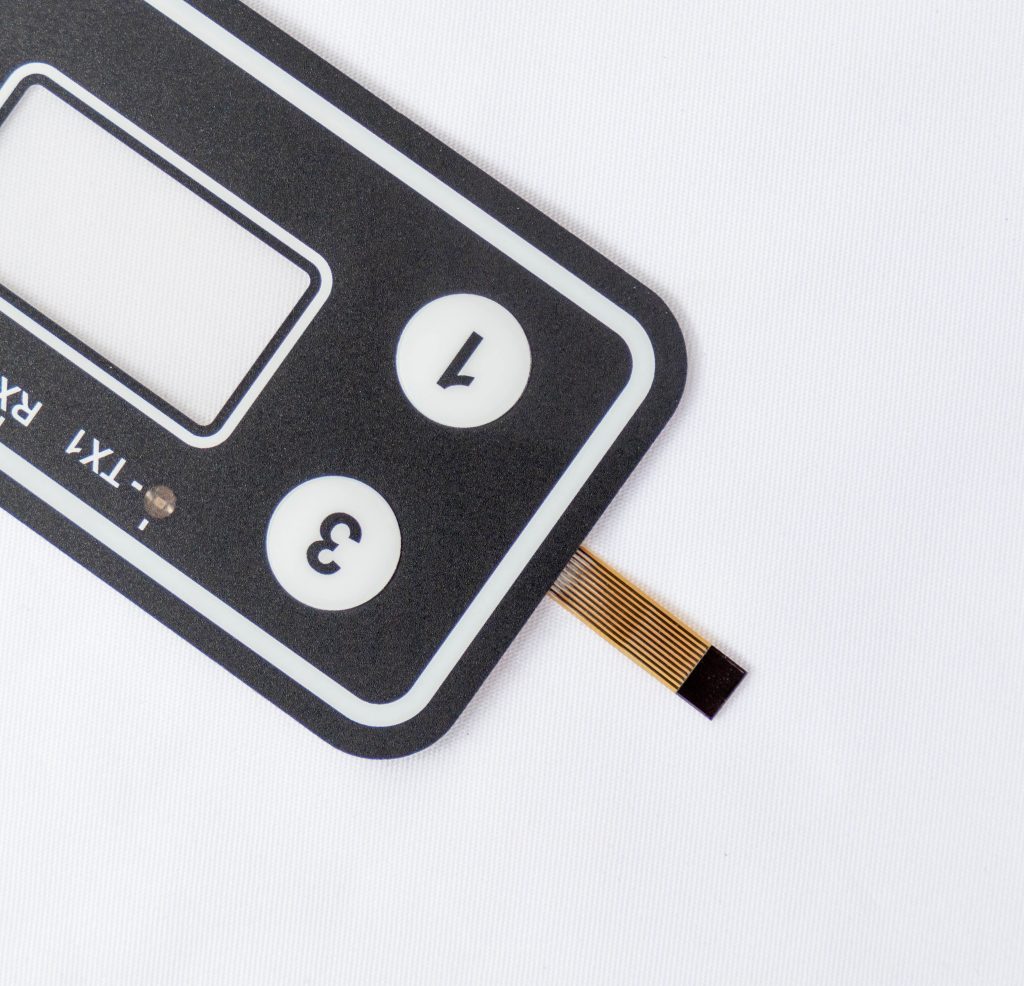Contact
Write to Us And We Would Be Happy to Advise You.
Do you have any questions, or would you like to speak directly with a representative?
By hqt
In the world of electronics and technology, understanding the differences between different IP (Ingress Protection) ratings is crucial. When it comes to membrane switches, the IP rating plays a significant role in determining their level of protection against dust, water, and other environmental factors. In this article, we will explore the difference between IP65, IP66, and IP67 for membrane switches, providing you with the necessary knowledge to make informed decisions. So, let’s dive in!



At first glance, IP65, IP66, and IP67 might seem like similar designations, but they represent different levels of protection. These ratings define the extent to which a membrane switch can withstand exposure to dust and moisture. Let’s break down the differences between them.
IP65: Moderate Protection
IP65-rated membrane switches offer moderate protection against dust and water. The “6” in IP65 signifies complete protection against dust, ensuring that no harmful particles can penetrate the switch enclosure. The “5” indicates protection against low-pressure water jets from any direction. It means that these switches are resistant to water splashes and sprays, making them suitable for use in environments where occasional contact with water is expected.
IP66: High Protection
Moving up the scale, IP66-rated membrane switches provide a higher level of protection compared to IP65. The “6” in IP66 still indicates complete protection against dust, just like IP65. However, the “6” in both ratings does not differ. The significant difference lies in water resistance. An IP66-rated switch offers protection against powerful water jets from any direction. This means that it can withstand stronger water pressure, making it suitable for use in environments where direct exposure to water jets is a possibility.
IP67: Maximum Protection
IP67-rated membrane switches offer the highest level of protection among the three. Similar to IP65 and IP66, the “6” denotes complete dust protection. However, the “7” in IP67 signifies its exceptional water resistance. An IP67-rated switch is completely protected against immersion in water up to 1 meter for 30 minutes. This makes it ideal for use in environments where submersion or exposure to water is likely, such as outdoor applications or industries with high humidity.
1. What are the primary considerations when choosing between IP65, IP66, and IP67-rated membrane switches?
When selecting a membrane switch, it’s essential to consider the specific environmental conditions it will be exposed to. If your application involves occasional contact with water or exposure to water splashes, an IP65-rated switch should suffice. For applications where more powerful water jets are a concern, an IP66-rated switch is recommended. And if your application requires protection against water immersion, an IP67-rated switch is the best choice.
2. Can an IP65-rated membrane switch be used in wet environments?
Yes, an IP65-rated membrane switch can withstand exposure to water splashes and sprays, making it suitable for use in wet environments. However, it is important to note that an IP65 rating does not guarantee protection against powerful water jets or submersion in water.
3. Are IP66 and IP67-rated membrane switches suitable for outdoor applications?
Yes, both IP66 and IP67-rated membrane switches are suitable for outdoor applications. These switches offer protection against dust, moisture, and even immersion in water, making them resilient in outdoor environments where exposure to the elements is common.
4. Can an IP65, IP66, or IP67-rated membrane switch be used in dusty environments?
Yes, all three ratings provide protection against dust. IP65, IP66, and IP67-rated membrane switches are designed to prevent the ingress of harmful particles, ensuring their functionality in dusty environments.
5. What additional factors should be considered when selecting a membrane switch?
Apart from the IP rating, other factors to consider when choosing a membrane switch include the design, durability, actuation force, tactile feedback, and the specific requirements of your application. Consulting with a trusted membrane switch manufacturer or supplier can help you make an informed decision based on your unique needs.
6. Can a membrane switch be customized to meet specific IP requirements?
Yes, membrane switches can be customized to meet specific IP requirements. Working closely with a reputable membrane switch manufacturer will allow you to tailor the switch design and materials to achieve the desired level of protection for your application.
Understanding the difference between IP65, IP66, and IP67 is crucial when selecting a membrane switch. Each rating represents a different level of protection against dust and water. Whether you need moderate protection against water splashes (IP65), higher protection against powerful water jets (IP66), or maximum protection against water immersion (IP67), choosing the appropriate IP rating ensures the longevity and reliability of your membrane switch in its intended environment.
Next time you’re considering a membrane switch, remember to analyze your specific requirements and consult with a trusted manufacturer to find the perfect IP rating for your application.
Do you have any questions, or would you like to speak directly with a representative?